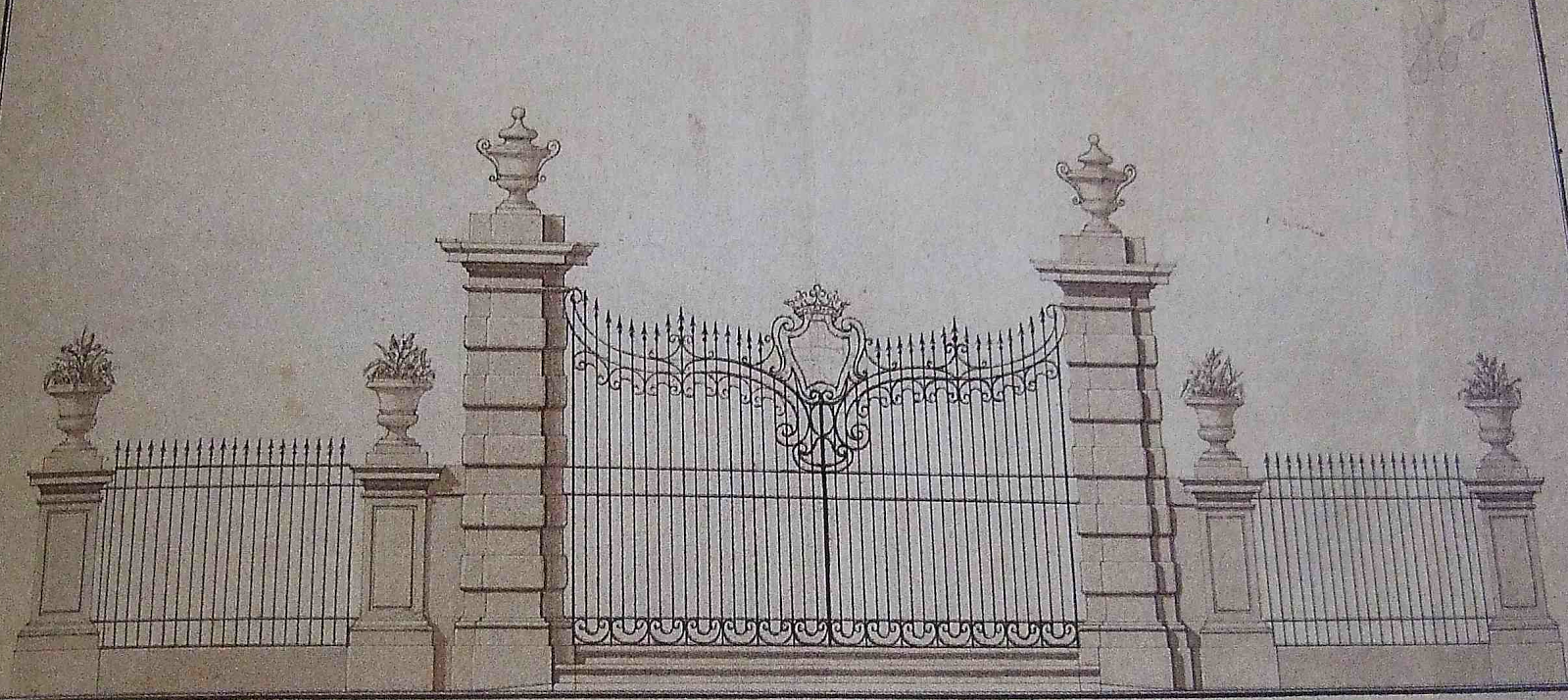The first step is seeding or better ploughing. In this case, however, when the cultivated field is an area of 5 hectares in the heart of Milan, the very first step is to bring soil and fertilizer to create the field.
Citizens of all ages were involved today in sowing the small seeds of wheat in this field created among newly built skyscrapers. In Northern Italy, wheat is usually sown in autumn, from October to beginning of December, but the variety chosen for this project, Odisseo, does not need snow and cold to produce ears. Other events are planned in the next months, while the wheat grows and ripens and Expo opens and amazes. Harvesting is planned for the end of July and all willing volunteers are called again to participate. The destination of the harvest has to be defined yet, but, probably, it will be used as food for animals. By then, the sight of a sea of golden wheat will be replaced by that of the blue flowers of the Medicago sativa, alfalfa, traditionally sown in wheat fields in this area.
This is a project of Land Art created by the American-based artist Agnes Danes, who, in Milan, replicates the original work developed in New York in 1982.
Different themes and concepts are raised by this challenging work of art, but, for me, at the moment, the most intriguing idea is following the growth and ripening of a wheatfield in Milan.
Photos:
TravelinaGarden, Milan, February 2015.
Links:
Agnes Denes
http://www.agnesdenesstudio.com/
Riccardo Catella Foundation, Milan
www.fondazionericcardocatella.org/en/
Nicola Trussardi Foundation, Milan
www.fondazionenicolatrussardi.com/
Confagricoltura
www.confagricoltura.it




